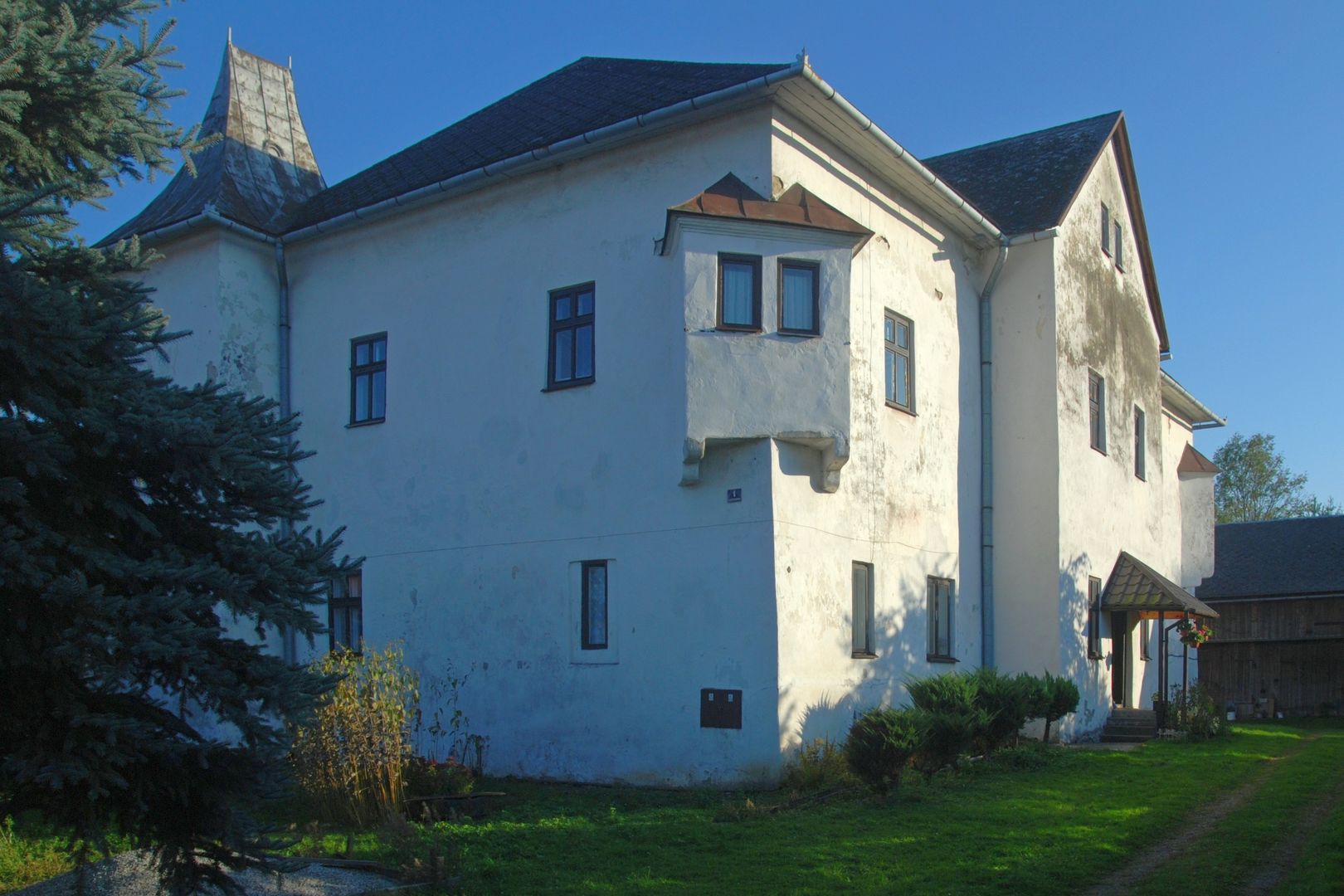Frydman
6.17

Overview
Frydman is a village nestled in the picturesque Nowy Targ Basin, in the Lesser Poland Voivodeship, with a history dating back to the turn of the 13th and 14th centuries. It stands out for its rich architectural heritage, including the oldest preserved religious building in the Podtatrze region—the Parish Church of St. Stanislaus, whose early Gothic structure dates to the turn of the 13th and 14th centuries. The church is surrounded by a belfry and a historic fence, and local legend has it that John III Sobieski once celebrated mass here. Another valuable monument is the 16th-century castle, built as a defensive rural residence, along with wine cellars once used to store wine imported from Hungary.
Frydman is also a region with a distinct highland culture, known for its Podhale dialect and the original highland costume in the Kacwin variety. The village is home to a regional folk ensemble and a brass band, reflecting a vibrant folk tradition. In terms of education, following changes in the 20th century, the local primary school—established in 1882—played a significant role, with instruction conducted successively in Hungarian, Slovak, and, from 1920, Polish. The development of sports in the 1960s is also noteworthy, particularly in girls' handball, where the village achieved numerous successes at the national level.
Surrounded by beautiful landscapes and located near the shores of Lake Czorsztyn, Frydman is ideal for tourism. The area features nature reserves and a recreational campsite. Frydman is a place where history and culture intertwine with natural beauty, and folk traditions are still cherished by its inhabitants.
Location
You can also find here:
2025 Wizytor | All Rights Reserved
